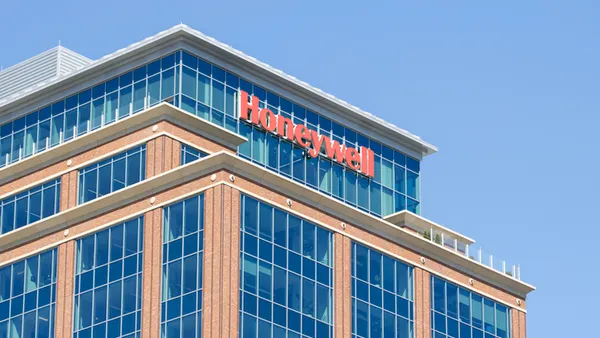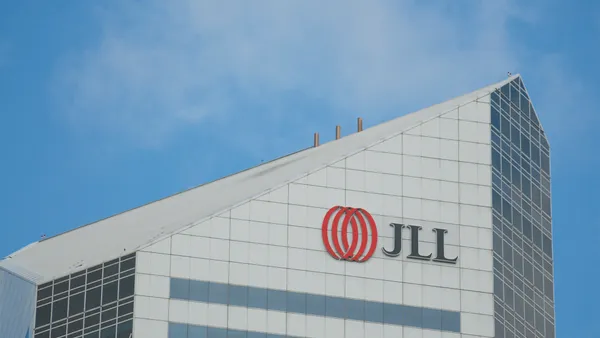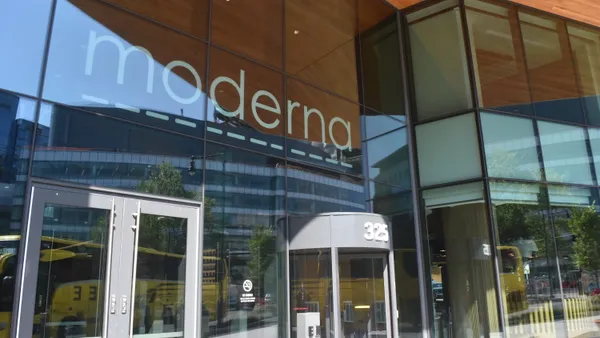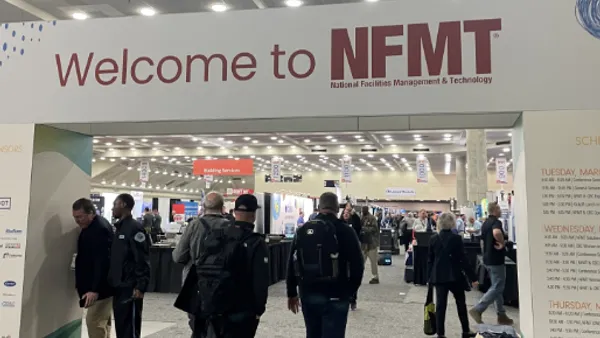Dive Brief:
- Five cities — Atlanta, Boston, Dallas, New Orleans and Columbia, South Carolina — will participate in a three-year project to scale up the adoption of surfaces that reduce urban heat, the nonprofit Smart Surfaces Coalition announced last week.
- City staff and local organizations will receive data on what sites in the city could best benefit from such surfaces, as well as policy guidance, funding, guidance for securing federal funds and access to an online cost-benefit analysis tool.
- A cost-benefit analysis of the potential of “smart surfaces” in Baltimore showed that such investments can provide value of more than 10 times their cost.
Dive Insight:
Extreme heat has gripped swaths of the U.S. for weeks, and cities are scrambling to keep up with the impacts, which disproportionately affect low-income communities and communities of color. Even when temperatures eventually drop — which may not happen until next month — urban communities will continue to grapple with the likelihood of a hotter future driven by climate change.
Cities are increasingly considering long-term strategies to cool the built environment. The Smart Surfaces Coalition, which consists of more than 50 partner organizations focused on urban, environmental, health, green building and similar interests, advocates for the widespread adoption of smart surfaces, which include cool roofs and pavement, green roofs, trees, solar panels, porous pavement that reduces flood risk and carbon-sequestering concrete that is more reflective than standard concrete.
It has proven challenging for cities to scale up these surfaces to the point that they make a temperature difference at the neighborhood level, said Victoria Ludwig, program manager for the U.S. Environmental Protection Agency’s heat island reduction program, at a webinar hosted earlier this month by the Federal Emergency Management Agency.
Kurt Shickman, director of extreme heat initiatives at the Adrienne Arsht-Rockefeller Foundation Resilience Center, echoed those sentiments in an interview. He cited overlapping jurisdictions that limit how and where local governments can implement cooling solutions as one barrier. For example, he said, a city may not be able to plant trees where they would provide the most value if the land is private property or owned by, say, a water utility or public transportation authority. Shickman suggested that cities could develop incentives or even regulation to encourage cooling changes to the built environment.
It’s often difficult for local leaders to understand and quantify the financial savings associated with cooler cities, from longer-lasting infrastructure to a lower burden on the healthcare system, Shickman said. But the Smart Surfaces Coalition says the benefits of cooling surfaces may far outweigh the costs. The coalition’s analysis of citywide “smart surfaces” adoption in Baltimore found that the strategy could cool the city by 5 degrees Fahrenheit and provide more than $10 in cost savings for every $1 spent.
“We were impressed by the results from the Coalition’s pilot in Baltimore, particularly the overwhelming cost/benefit savings, and look forward to implementing these types of projects throughout our City.” New Orleans Mayor LaToya Cantrell said in a statement.
The coalition says on its website that it selected cities to participate in this project based on factors such as “mayoral stability, size, population, disadvantaged census tracts, heat difference, and geographic diversity.” The project has the funding to support 10 cities, according to a spokesperson for the coalition, and the group expects more mayors to sign up for the project soon.















